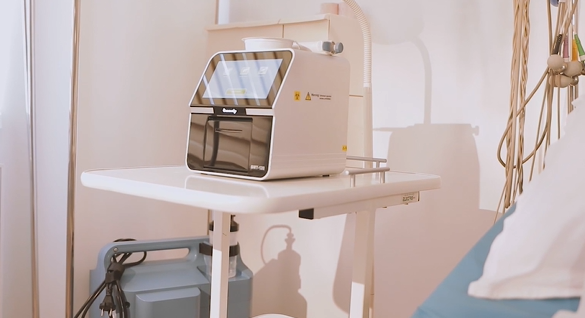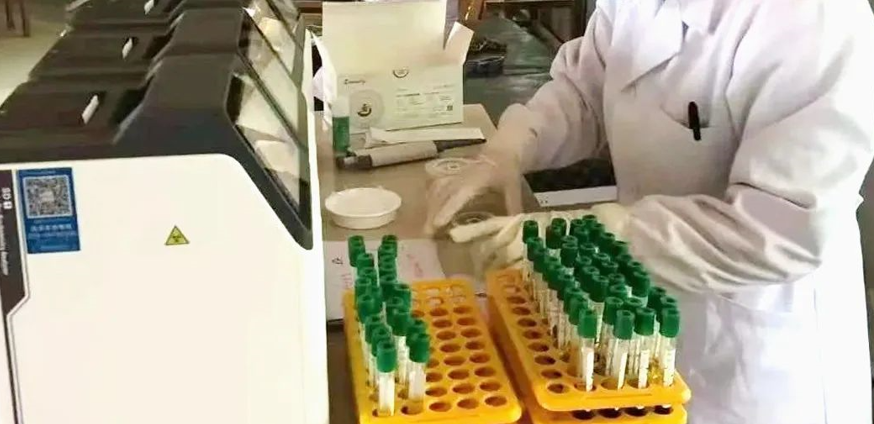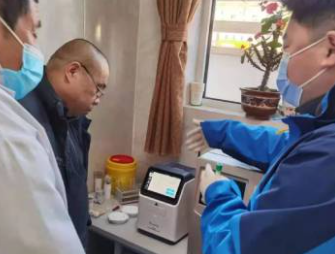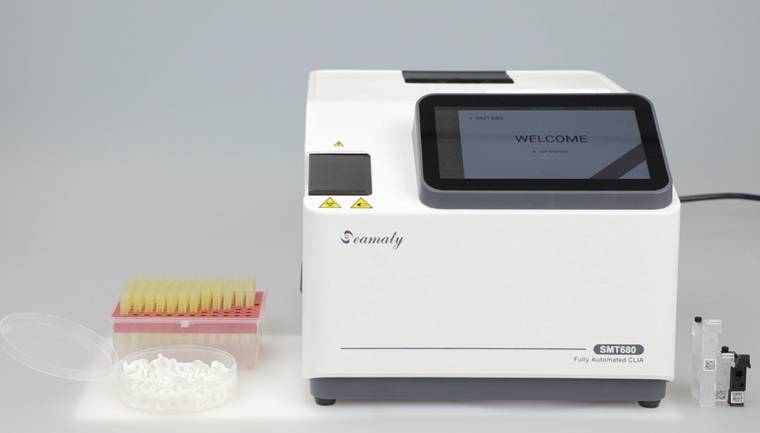release time:2021-10-21 14:53:47


2022-07-25
A chemistry analyzer is a machine used to measure the concentration of various chemicals in a sample. The most common type of analyzer uses enzymatic reactions to measure the concentrations of glucose, protein, and cholesterol.

2022-03-22
ALT and AST are mainly found in the liver within the hepatocytes. They reflect the state of liver function in the body and are elevated when liver cells become necrotic. T

2021-08-30
Chemiluminescence immunoassay is one of the latest immunoassay techniques developed after radioimmunoassay, enzyme immunoassay, fluorescence immunoassay and time-resolved fluorescence immunoassay.